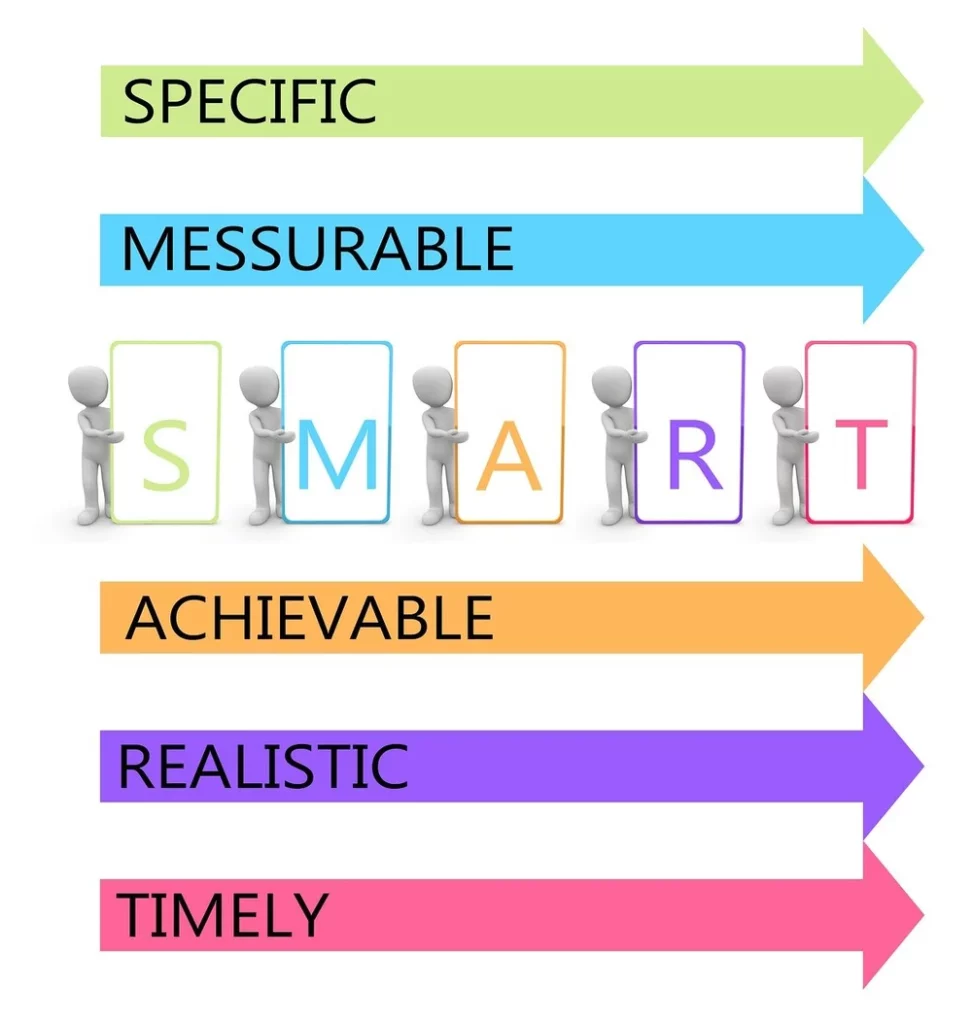Embarking on a “Guide to Strength Training” journey can open up a world of health benefits for individuals across all age groups and fitness levels. This form of physical exercise, also known as resistance or weight training, is a powerful tool for enhancing overall health and wellbeing.
The primary focus of strength training is to stimulate muscle contraction through resistance, leading to improved strength, endurance, and muscle mass. But the benefits extend beyond muscle growth. Strength training also plays a crucial role in enhancing bone density and boosting metabolism. It is an effective strategy for weight control, contributing to a healthier lifestyle.
Strength training is not exclusive to bodybuilders or professional athletes. It is a versatile form of exercise that can be customized to meet the specific needs and fitness levels of any individual. Whether you are a teenager just starting your fitness journey, an adult aiming to maintain a healthy lifestyle, or a senior citizen looking to stay active, strength training can be your ally. Embrace strength training and experience the transformation it can bring to your life.
Understanding The Basics Of Strength Training

In our “Guide to Strength Training,” we delve into the various forms of this exercise, all of which utilize resistance to stimulate muscle growth and enhance muscular endurance and strength. Strength training is a broad field, encompassing bodyweight exercises, weightlifting, resistance band exercises, and high-intensity interval training (HIIT). Each of these types targets different aspects of strength, allowing you to choose the one that aligns best with your personal goals and preferences.
As you embark on your strength training journey, you will come across terms like “reps” (repetitions), “sets”, “PR” (personal record), and “DOMS” (delayed onset muscle soreness). Understanding these terms is key to making your fitness journey smoother and more efficient. They provide a language for discussing your workouts and tracking your progress.
At the heart of strength training are your muscles. When you engage in these workouts, your muscles encounter resistance, leading to the creation of tiny micro-tears. These tears might sound alarming, but they are a normal part of muscle growth. During your rest periods, these tears repair and grow, leading to increased muscle mass and strength. This process is the essence of strength training, and understanding it can help you train more effectively and safely.
The Science Behind Strength Training

Strength training is a powerful tool for boosting muscle power. It stimulates the growth and development of muscle fibers, leading to stronger, more robust muscles. But the benefits do not stop at muscle growth. Strength training also promotes bone health, enhances cardiovascular fitness, and aids in fat loss by increasing your metabolic rate.
Nutrition plays a crucial role in strength training, with protein being the building block of muscles. Ensuring adequate protein intake is essential for muscle recovery and growth. It is equally important to give your body enough time to rest and recover. This downtime is when the actual muscle building happens, as your body repairs and strengthens the muscle fibers.
A key principle in strength training is progressive overload, which involves gradually increasing the amount of stress on your muscles over time. This can be achieved by increasing the weight, volume, or intensity of your workouts. Progressive overload promotes continuous muscle growth and strength gains, ensuring that you keep improving.
While the focus of this guide is strength training, we must not overlook the importance of cardio. Cardio exercises like running, cycling, and swimming are vital for improving heart health and increasing lung capacity. They also aid in fat loss, complementing your strength training efforts. By incorporating both strength training and cardio into your routine, you can achieve a well-rounded fitness regimen.
Setting Up Your Strength Training Goals

It provides a clear direction and keeps you motivated throughout your fitness journey. Whether your objective is to gain muscle, shed fat, or enhance strength, establishing a SMART goal can help you stay focused and on track.
SMART stands for Specific, Measurable, Attainable, Relevant, and Time-bound. A well-crafted strength training goal might be, “I aim to increase my squat weight by 50 lbs in the next 3 months.” This goal is specific (increase squat weight by 50 lbs), measurable (50 lbs), attainable (with regular and consistent training), relevant (pertains to strength training), and time-bound (to be achieved in 3 months).
If you are a novice in strength training, your goals might revolve around mastering the correct form for fundamental exercises, maintaining consistency in your workouts, or being able to lift a certain weight. Remember, the key is to keep your goals SMART and be ready to adjust them as you progress and grow in your strength training journey.
Creating Your First Strength Training Plan

A personalized strength training plan is a powerful tool that can significantly enhance the effectiveness of your workouts. It is designed to cater to your specific needs and goals, taking into account your current fitness level, availability, and objectives. This tailored approach ensures that your strength training journey aligns with your personal circumstances and aspirations.
For beginners, it is advisable to start with basic exercises like squats, deadlifts, and bench presses that target major muscle groups. As you gain strength and confidence, you can introduce more complex exercises into your routine. It is crucial to balance your exercises to avoid overworking certain muscles while neglecting others, which could lead to imbalances and injuries.
The number of sets and reps you perform should align with your specific goals. If your aim is to increase strength and power, consider performing 1-6 reps with a higher number of sets. For muscle size, aim for 6-12 reps with a moderate number of sets. If you’re focusing on muscular endurance, consider doing 12 or more reps with fewer sets.
Rest and recovery are vital components of strength training. This is the period when your body repairs and grows. Ignoring rest and recovery can lead to overtraining, injuries, and a plateau in progress. Make sure to get enough sleep and allow your muscles time to recover between workouts.
A beginner’s strength training plan might include three workouts per week, focusing on full-body exercises. Each session could consist of 3 sets of 10 reps of exercises like squats, deadlifts, bench press, bent-over rows, and lunges. It is important to ensure adequate rest between sets and workouts to allow for optimal muscle recovery and growth. This approach provides a solid foundation for strength training, setting you up for success as you progress in your fitness journey.
Strength Training Equipment For Beginners

Essential strength training equipment for beginners includes versatile and easy-to-use items like dumbbells, barbells, resistance bands, and a sturdy weight bench. Machines such as the leg press, cable tower, and squat rack can also be beneficial, but they are not necessary for those just starting out.
For those opting for home workouts, there is no need for a fully-equipped gym. You can begin with basic equipment like dumbbells and resistance bands. As you progress and grow stronger, you might consider investing in additional equipment such as a barbell set, a weight bench, or a pull-up bar.
If you choose to train at a gym, it is important to familiarize yourself with the available equipment. Most gyms offer a variety of machines targeting different body parts, as well as free weights for a range of exercises. If you are unsure about how to use a particular machine, don’t hesitate to ask a trainer for guidance.
Safety should always be your top priority when using strength training equipment. Ensure you are using the correct form to avoid injuries, and resist the urge to lift too heavy too soon. Make use of safety features like clips and safety bars. During heavy lifts, having a spotter can be incredibly helpful to ensure you are lifting safely and effectively. This approach will help you make the most of your strength training while minimizing the risk of injury.
Nutrition And Hydration For Strength Training

Proper nutrition is a cornerstone of effective strength training. It fuels your workouts and facilitates recovery and growth. A balanced diet rich in lean proteins, complex carbohydrates, and healthy fats provides the essential nutrients your body needs to perform optimally and recover from strength training.
Proteins play a crucial role in muscle repair and growth, making them a vital component of your diet. Carbohydrates are your body’s primary energy source, powering your workouts. Fats, particularly healthy ones, support hormone production and overall health. It’s important to include all three macronutrients in your diet, with a focus on lean proteins, complex carbs, and healthy fats.
Hydration is another key aspect of strength training nutrition. It aids in nutrient delivery, helps maintain body temperature, and ensures optimal performance. Aim to drink water throughout your workout and throughout the day to stay adequately hydrated.
Eating a balanced meal 2-3 hours before a workout can provide the energy you need to perform your best. This meal should include a balance of proteins, carbs, and fats. Post-workout, it is recommended to consume a meal with protein and carbs within 45 minutes. This helps replenish glycogen stores and aids in muscle recovery, setting you up for success in your next workout. By following these nutritional guidelines, you can support your strength training efforts and see better results.
Common Strength Training Mistakes To Avoid

In strength training, maintaining correct form is paramount. It ensures that you are effectively targeting the intended muscles and significantly reduces the risk of injuries. Especially for beginners, it is crucial to prioritize learning the right form over lifting heavy weights.
Listening to your body is another essential aspect of strength training. If you experience pain or discomfort beyond normal muscle soreness, it is a signal that you need to rest and recover. Overtraining can lead to injuries and hinder your progress, so it is important to strike a balance between pushing yourself and allowing your body to heal.
Remember, strength training results don’t materialize overnight. It requires patience, consistency, and dedication. Regular workouts and proper nutrition are both key to seeing progress.
Your diet and rest are significant contributors to your strength training progress. Neglecting these aspects can lead to suboptimal results and slow down your progress. By ensuring you’re eating right, resting adequately, and training smart, you can make steady and sustainable progress in your strength training journey.
The Role Of Professional Guidance In Strength Training

A personal trainer can be an invaluable asset in your strength training journey. They provide personalized guidance, ensure you are maintaining correct form, and help keep you motivated. If you are unsure about starting strength training or need more structure and accountability, hiring a personal trainer could be a beneficial step.
A good personal trainer should possess certain qualities. They should be certified and experienced, demonstrating a deep understanding of fitness and strength training principles. They should also be attentive to your needs, providing a personalized training plan and diet advice tailored to your goals. Their role is not just to instruct, but also to motivate and guide you throughout your fitness journey.
On the other hand, online strength training programs can be a cost-effective and flexible alternative to personal trainers. These programs offer structured workout plans, video demonstrations, and community support, making them a great option for those who prefer to train on their own schedule. However, they do require more self-discipline and may lack the personalized feedback that a personal trainer can provide. It is important to weigh these factors when deciding which approach is best for you.
Conclusion

Strength training is a versatile workout method that brings a host of benefits, making it a vital component of a well-rounded fitness routine. It offers improvements in muscle strength and size, which not only enhance your physical capabilities but also boost your metabolism. This can aid in weight management and overall health. Additionally, strength training contributes to better bone health, helping to prevent conditions like osteoporosis.
Embarking on a strength training journey can indeed be challenging, especially for beginners. However, the long-term benefits are well worth the effort. It is a journey of transformation that goes beyond physical changes, often leading to increased confidence and resilience.
The key to success in strength training, as with any fitness endeavor, is consistency and patience. Results may not be immediate, but with regular workouts and a balanced diet, progress will come. Embrace the journey and remember that you are stronger than you think. With determination and perseverance, you are capable of achieving your fitness goals. Remember, every workout brings you one step closer to your goal. Keep going, and you will reap the rewards of your hard work.
Read more here